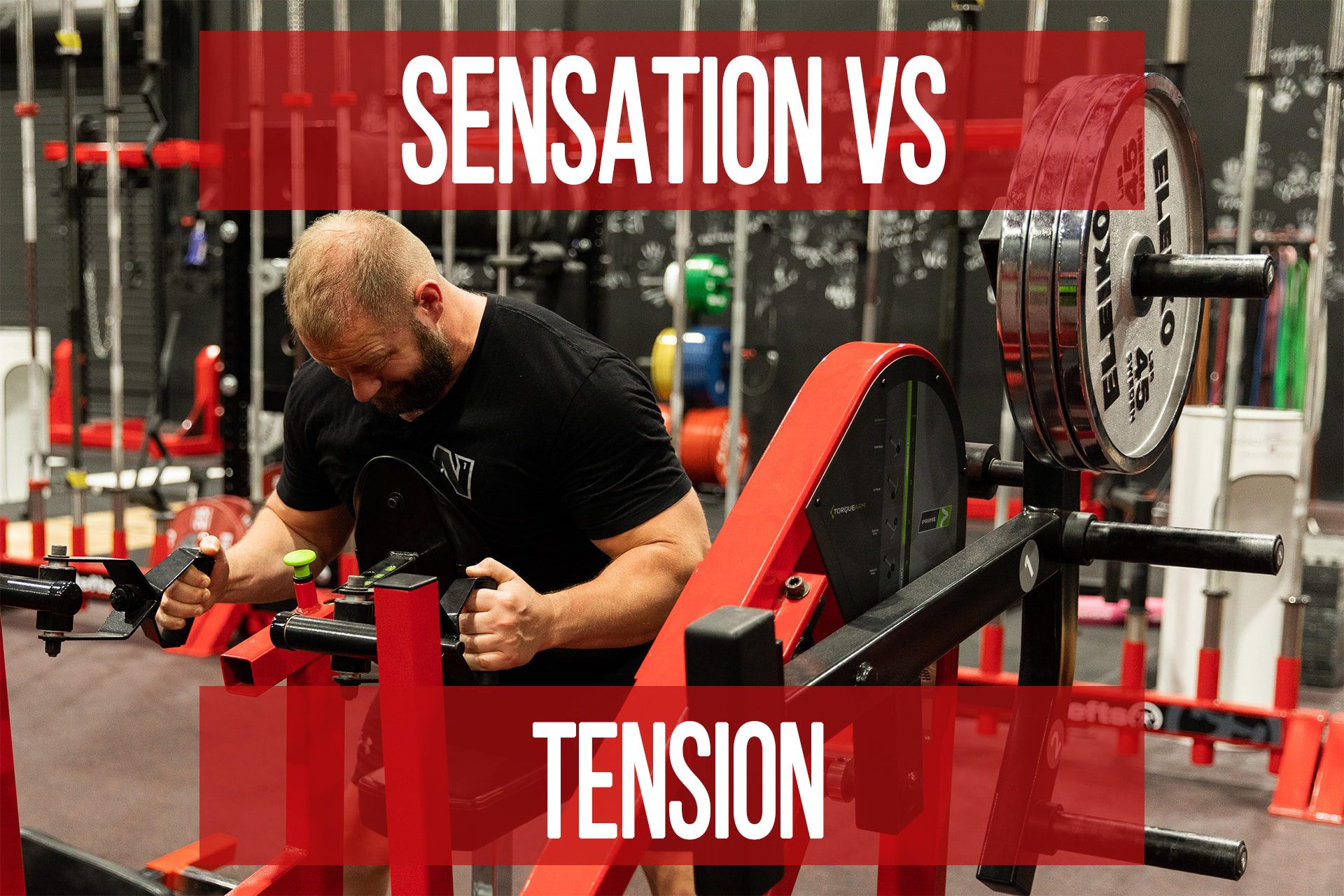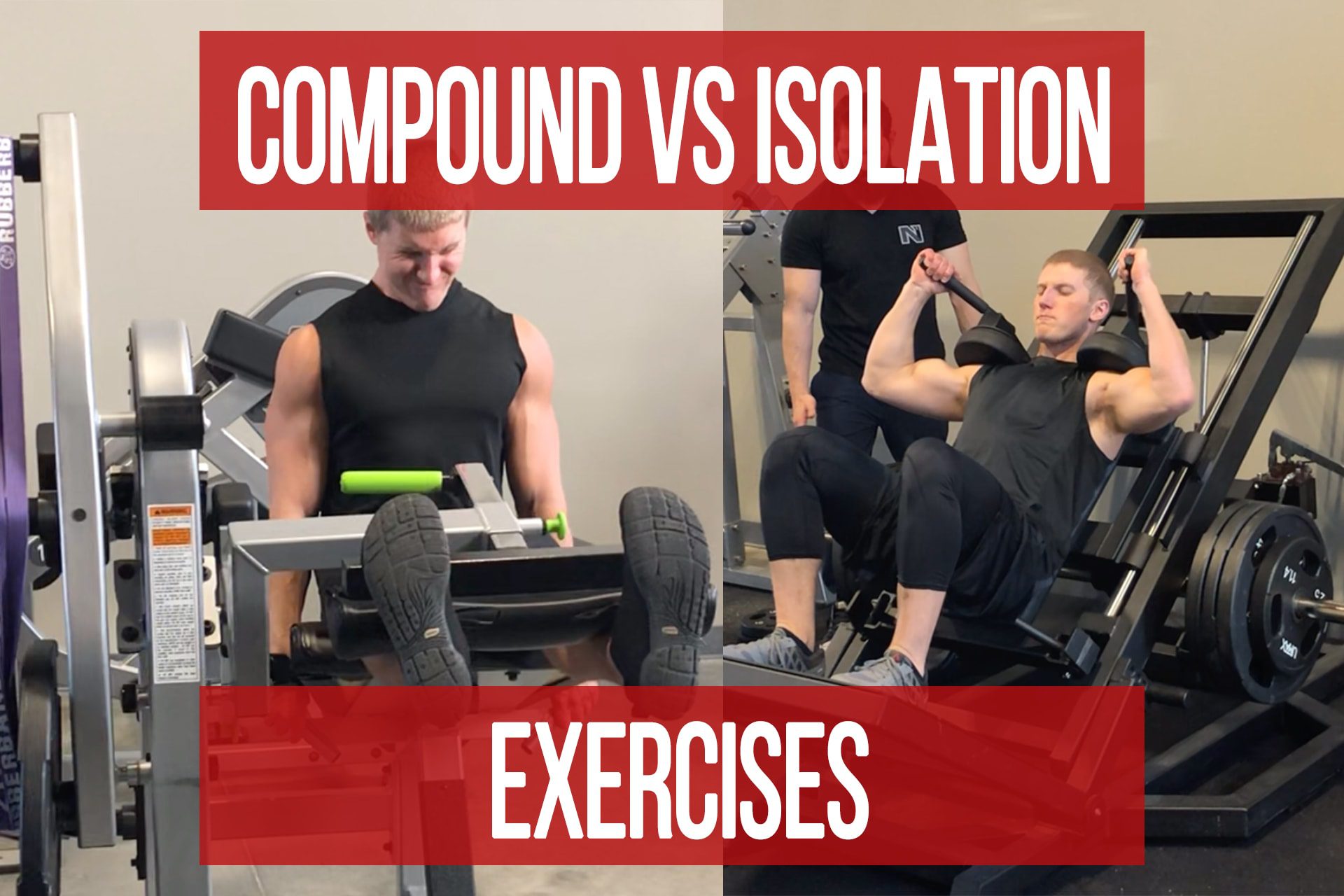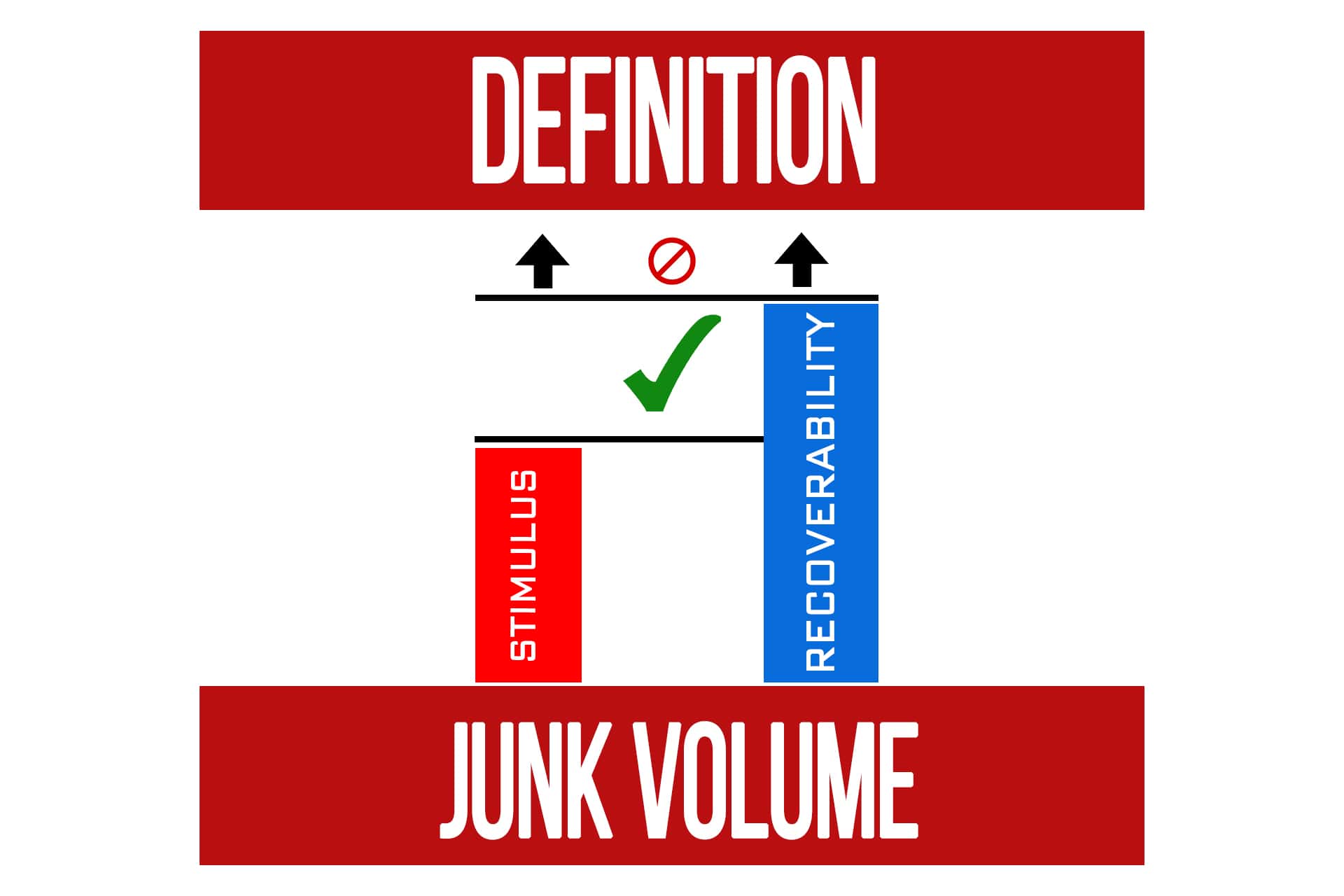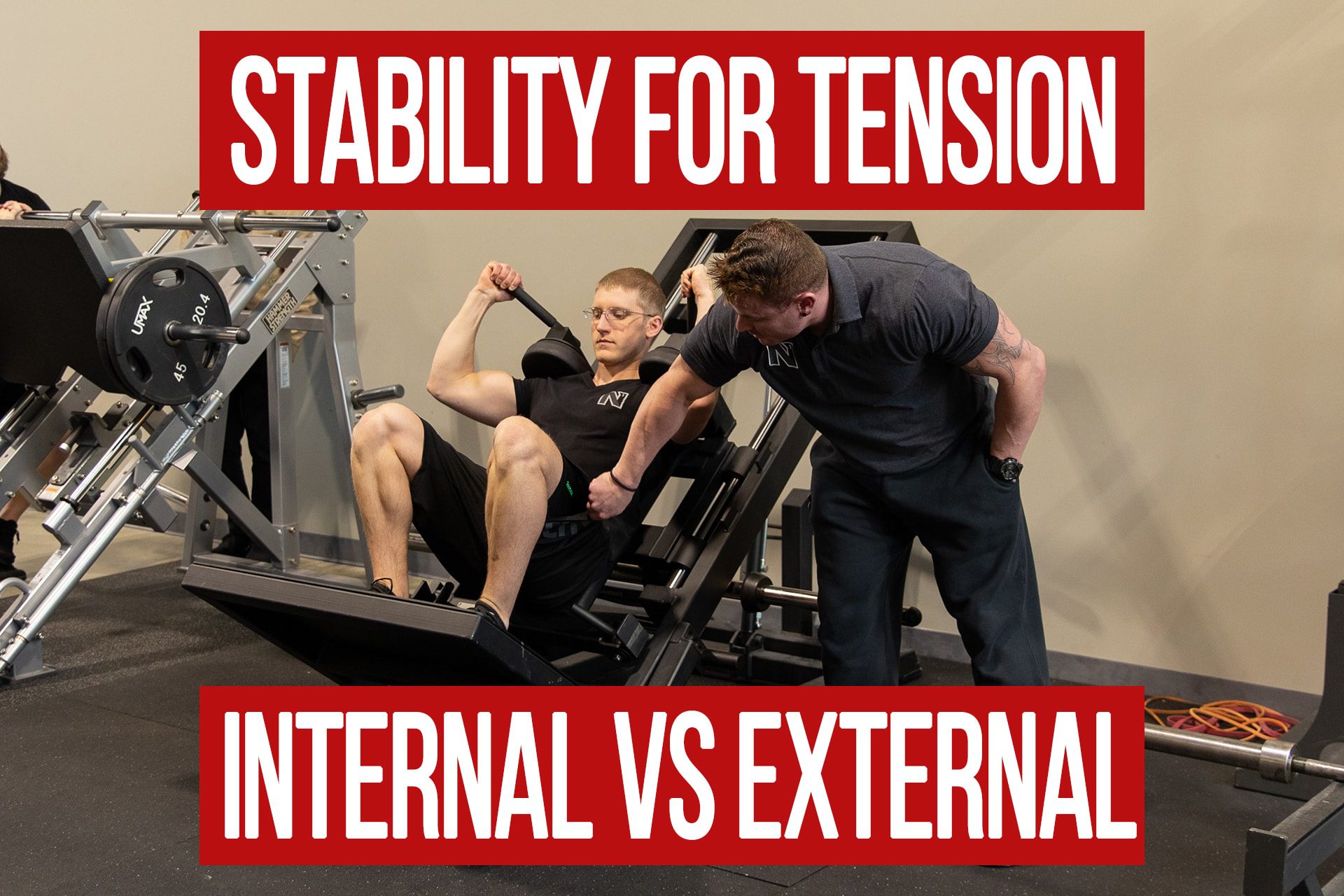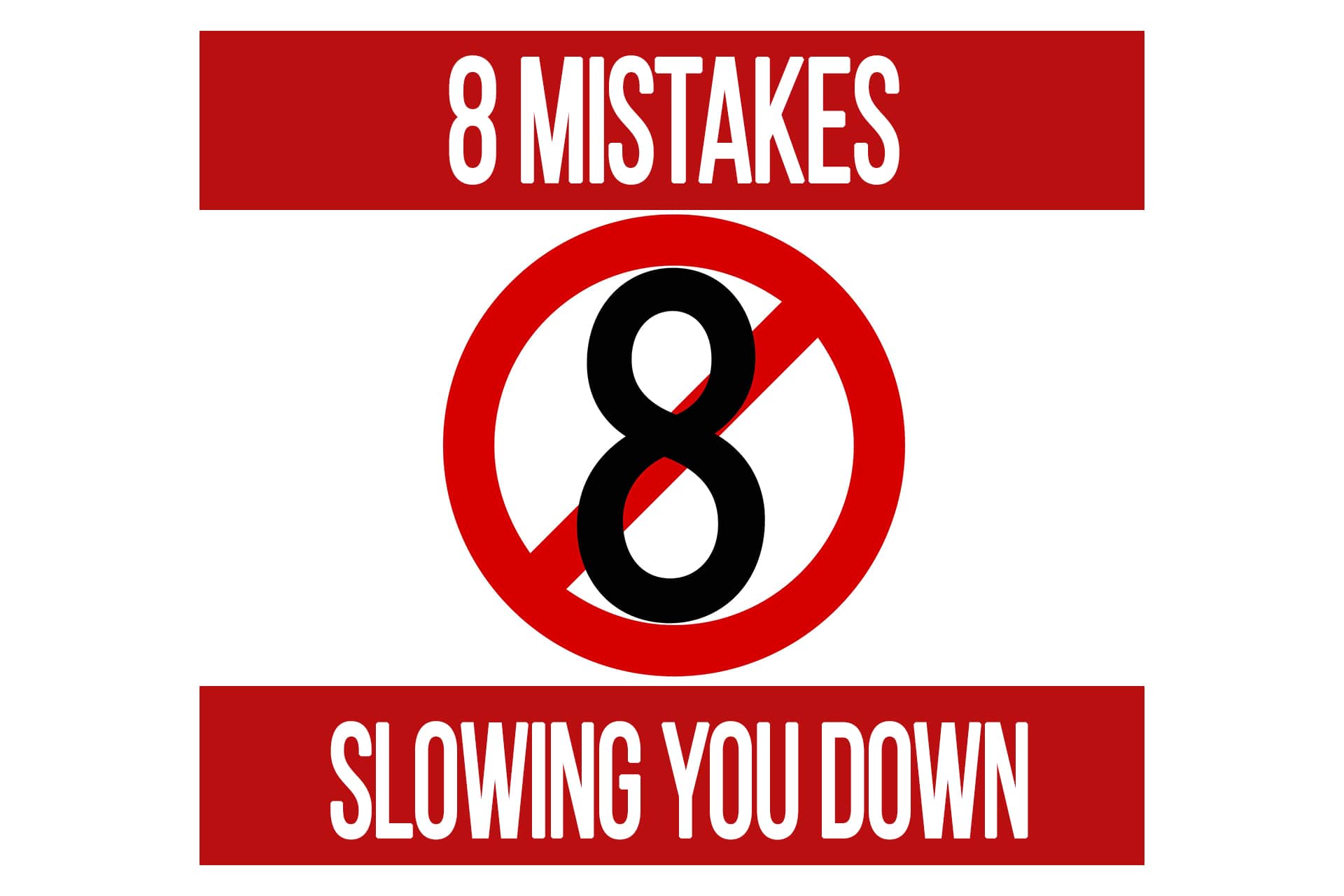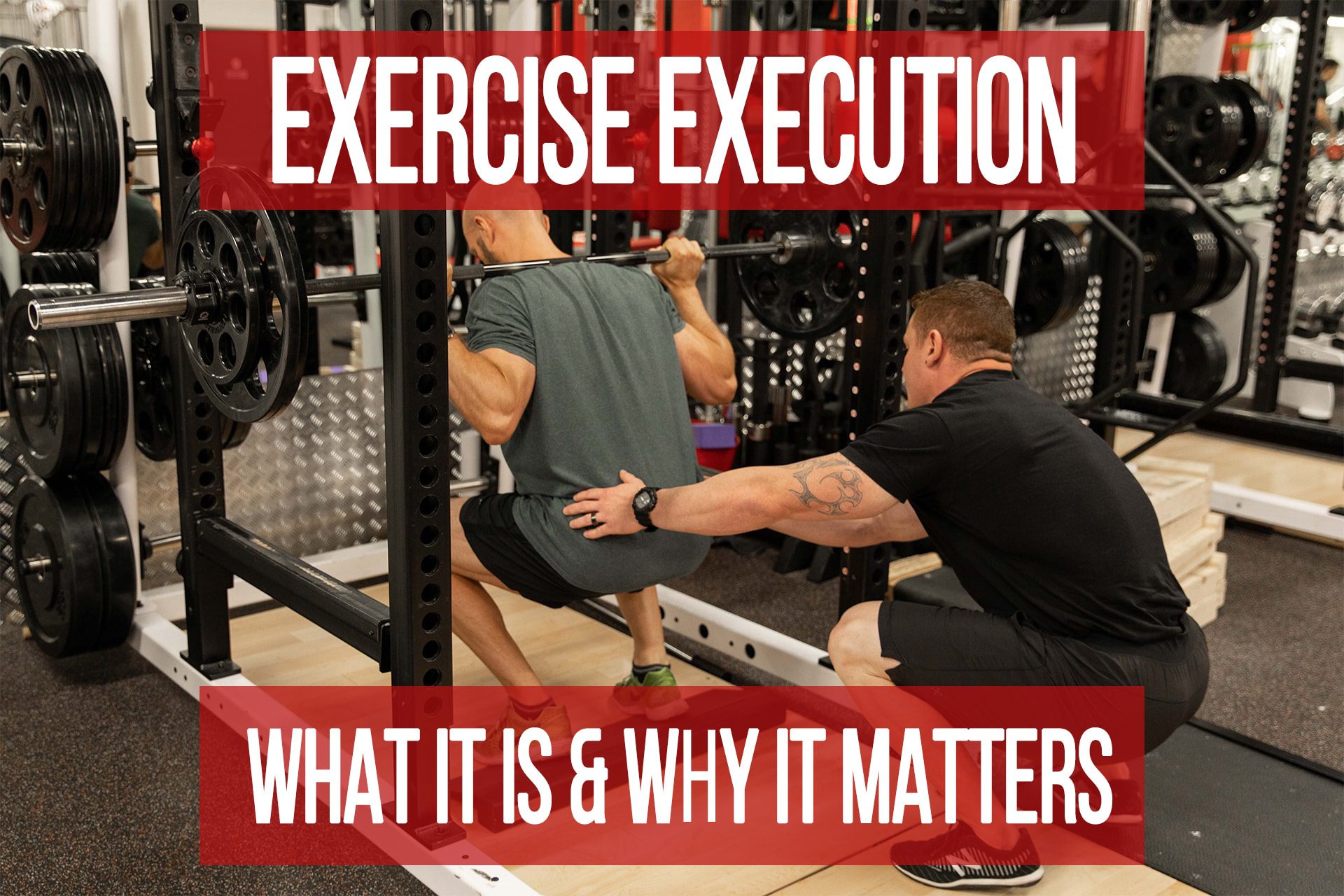Stability for Muscular Tension: What It Is Not
n1 training
A common mistake is that to have stability that you have to eliminate movement in certain structure completely. While advantageous in some situations, this can actually work backwards in other situations. If we think of the bicep exercise, if we kept the scapula and humerus completely fixed, the biceps would likely be able to produce the most amount of tension, and work to greater fatigue. In this case fixation works to our advantage, because none of those structure need to move through he movement to maintain stability at the shoulder joint.
Now take any exercise where we need move at the shoulder, and restricting movement of the scapula may reduce our range of motion, and actually result in less stability and therefore tension in the working muscle. A challenging one for many is the dumbbell lateral raise. A common mistake in the lateral raise is that people shrug their shoulders up with their upper traps, initiating the movement the traps, rather than the delts. So sometimes a cue to depress the shoulder blades is given to eliminate the shrugging movement. However, if you focus on depressing as hard as you can, or keep trying to depress later in the movement you are actually going to decrease the ability of the delta to create tension, and restrict your range of motion. As the humerus abducts, the scapula needs to rotate with it to a certain extent. This requires coordination of the trap musculature and the rhomboids. The upper and middle traps and rhomboids are the muscles that produce the direct local stability (tension between the scapula and the spine for the medial and rear deltoids to be able to produce tension/force between the scapula and humerus. If you focus on depression too much, you are actually inhibiting trap 1. This will keep the scapula from being able to rotate, and decrease the amount of tension you can put in the deltoids during the lateral raise at that point.
Our bodies are meant to create stability with motions. We don’t lose stability simply because something moves. We lose stability when the force be applied to the joint or structure by the target muscles and resistance exceeds the the ability of the stabilizer muscles to resist that force. The trap and rhomboids all move the scapula while simultaneously providing stability by creating force one the scapula the opposes the resistance. When the glenohumeroal joint needs to do this, the movement of the scapula allows for stability in greater ranges of motion. Without the scapular movement, the GH joint would lose integrity very quickly as it moved through its range of motion. This stability in motion happens at every joint. The hamstrings and calf muscles stabilize the knee while the quadriceps extend it for example. Stability comes from strength, and neuromuscular coordination between all the muscles that act on the complex of joints involved. The key there being strength and coordination.
Now in some instances you may think about fully shorting your stabilizers, or over emphasizing them, in order to improve your coordination of that exercise and better isolate the target muscle by eliminating some compensation at initiation. While this helps you feel the stabilizer muscle more, and may help you learn the exercise, it may limit your stability simply by putting the stabilizer muscle in a weaker position, or simply fatiguing it from over contracting it beyond what is needed to stabilize. Either way, maximum tension in the target muscle is achieved when the stabilizers are in a position of strength, and their job is simple and easy. Additionally over contracting the stabilizer can move the joint to a less stable position or even inhibit other stabilizers. So the cues you focus on to learn a movement may need to change as you transition to focusing in increasing intensity and tension. When stability is good, a movement should feel more natural, easier, and stronger. If the movement feels foreign, weak, and you have a very hard time achieving good range of motion, you may be overthinking and/or over contracting one or many stabilizers.
Training Consequences of Inadequate Stability
When you lose stability, its either from weakness or poor execution. The consequences for losing that stability are the same. Neurologically, the brain and muscles coordinate the contractions of all muscles acting on any loaded joints. When a weakness is created from weak or loss of function of any stabilizer anywhere in the chain, the body must compensate by recruiting other muscles to compensate for the weakness. The first step the nervous system is likely to do is decrease the load on the weakness by reducing the muscles that are putting force on that muscle. In other words, shutting off a prime mover to compensate for a weak stabilizer. The nervous system will then direct other muscles to start supporting the movement, as secondary movers, even if very inefficiently. Additionally These compensations create an inefficient force on the joints, challenging stability even further. When the body compensates, you are losing tension in muscles that should be contracting and creating tension, and adding tension in muscles that shouldn’t be creating as much tension. While this may allow you to move the resistance for additional reps, or temporarily move a little more weight,. You will be losing the training stimulus or the target muscle.
The only way to make a muscle bigger, stronger, perform better, or take up more glucose, is to be able to stimulate it to do so with proper training variables. Even in the performance field, athletes who train their bodies in a state of compensation are going to quickly plateau in their strength and performance gains because they are training a pattern of very inefficient and low potential force production. Any strength or performance gains made will be short term, however the increased risk of injury, and development of muscular and neurological issues that will limit range of motion and performance in the future. No matter the goal, your prime movers should be able to work at their maximum intensity producing the movement force you desire in training, and the stabilizers should be providing the integrity for those muscles to produce force, The moment the stabilizers or inefficient adjacent muscles start doing the job of the prime movers, your on a path to inefficient training and performance.
Stability Does not Mean Fixation or Lack of Movement
A common mistake is that to have stability that you have to eliminate movement in a certain structure completely. While advantageous in some situations, this can actually work against you in other situations. Think of the bicep exercise, if we kept the scapula and humerus completely fixed, the biceps would likely be able to produce the most amount of tension, and work to greater fatigue. In this case fixation works to our advantage, because none of those structure need to move through the movement to maintain stability at the shoulder joint.
Now take any exercise where we need move at the shoulder, and restricting movement of the scapula may reduce our range of motion, and actually result in less stability and therefore tension in the working muscle.
A challenging one for many is the dumbbell lateral raise. A common mistake in the lateral raise is that people shrug their shoulders up with their upper traps, initiating the movement the traps, rather than the delts. So sometimes a cue to depress the shoulder blades is given to eliminate the shrugging movement.
However, if you focus on depressing as hard as you can, or keep trying to depress later in the movement you are actually going to decrease the ability of the delts to create tension, and restrict your range of motion. As the humerus abducts, the scapula needs to rotate with it to a certain extent. This requires coordination of the trap musculature and the rhomboids. The upper and middle traps and rhomboids are the muscles that produce the direct local stability (tension between the scapula and the spine for the medial and rear deltoids to be able to produce tension/force between the scapula and humerus.
If you focus on depression too much, you are actually inhibiting trap 1. This will keep the scapula from being able to rotate, and decrease the amount of tension you can put in the deltoids during the lateral raise at that point.
Our bodies are meant to create stability with motions. We don’t lose stability simply because something moves. We lose stability when the force be applied to the joint or structure by the target muscles and resistance exceeds the the ability of the stabilizer muscles to resist that force. The trap and rhomboids all move the scapula while simultaneously providing stability by creating force one the scapula the opposes the resistance. When the glenohumeral joint needs to do this, the movement of the scapula allows for stability in greater ranges of motion. Without the scapular movement, the GH joint would lose integrity very quickly as it moved through its range of motion.
This stability in motion happens at every joint. The hamstrings and calf muscles stabilize the knee while the quadriceps extend it for example. Stability comes from strength, and neuromuscular coordination between all the muscles that act on the complex of joints involved. The key there being strength and coordination.
Now in some instances you may think about fully shorting your stabilizers, or over emphasizing them, in order to improve your coordination of that exercise and better isolate the target muscle by eliminating some compensation at initiation. While this helps you feel the stabilizer muscle more, and may help you learn the exercise, it may limit your stability simply by putting the stabilizer muscle in a weaker position, or simply fatiguing it from over contracting it beyond what is needed to stabilize. Either way, maximum tension in the target muscle is achieved when the stabilizers are in a position of strength, and their job is simple and easy.
Additionally over contracting the stabilizer can move the joint to a less stable position or even inhibit other stabilizers. So the cues you focus on to learn a movement may need to change as you transition to focusing in increasing intensity and tension. When stability is good, a movement should feel more natural, easier, and stronger. If the movement feels foreign, weak, and you have a very hard time achieving good range of motion, you may be overthinking and/or over contracting one or many stabilizers.
Training Consequences of Inadequate Stability
When you lose stability, it’s either from weakness or poor execution. The consequences for losing that stability are the same. Neurologically, the brain and muscles coordinate the contractions of all muscles acting on any loaded joints. When a weakness is created from weak or loss of function of any stabilizer anywhere in the chain, the body must compensate by recruiting other muscles to compensate for the weakness.
The first step the nervous system is likely to do is decrease the load on the weakness by reducing the muscles that are putting force on that muscle. In other words, shutting off a prime mover to compensate for a weak stabilizer. The nervous system will then direct other muscles to start supporting the movement, as secondary movers, even if very inefficiently.
Additionally these compensations create an inefficient force on the joints, challenging stability even further. When the body compensates, you are losing tension in muscles that should be contracting and creating tension, and adding tension in muscles that shouldn’t be creating as much tension. While this may allow you to move the resistance for additional reps, or temporarily move a little more weight, you will be losing the training stimulus in the target muscle.
The only way to make a muscle bigger, stronger, perform better, or take up more glucose, is to be able to stimulate it to do so with proper training variables. Even in the performance field, athletes who train their bodies in a state of compensation are going to quickly plateau in their strength and performance gains because they are training a pattern of very inefficient and low potential force production. Any strength or performance gains made will be short term, however the increased risk of injury, and development of muscular and neurological issues that will limit range of motion and performance in the future.
No matter the goal, your prime movers should be able to work at their maximum intensity producing the movement force you desire in training, and the stabilizers should be providing the integrity for those muscles to produce force, The moment the stabilizers or inefficient adjacent muscles start doing the job of the prime movers, your on a path to inefficient training and performance.
Compound VS Isolation Exercises for Beginners
videoBody Composition Foundation FREE Hypertrophy Program Design TrainingThe Importance of Stability for Muscular Tension: Internal vs External
articleBiomechanics Definition Foundation FREEWhat is Execution & Why Does it Matter?
articleDefinition Execution and Technique Foundation FREE Training
Popular Pages
Learn & Train With Us
Add N1 Training to your Homescreen!

Please log in to access the menu.
